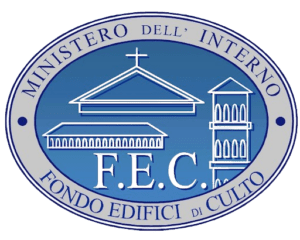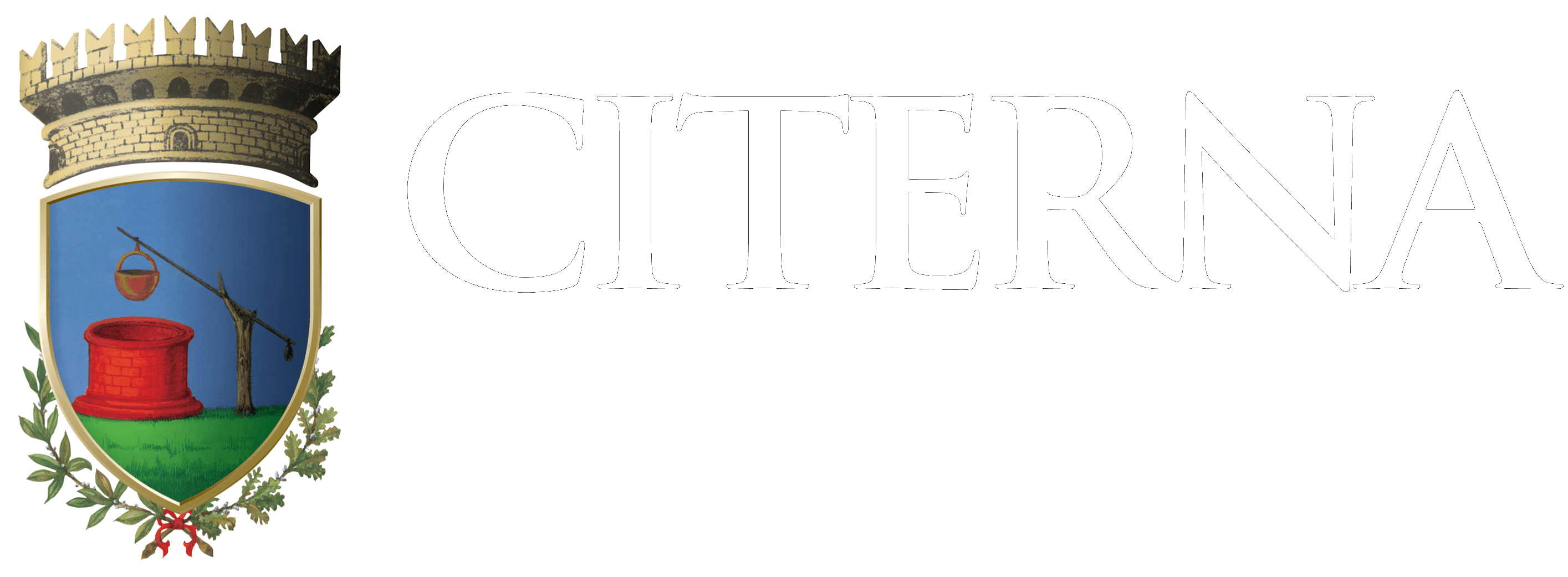THE CHURCH
The Church of San Francesco was built between the 15th and 16th century. The Franciscans moved to the city center and built a church and a convent within the walls, as indicated by the inscription above the entrance. The interior has a Latin cross plan with nine altars decorated with ornaments, reliefs, and wooden sculptures with gold finishes. The church is now a museum and houses important works of art.
THE MUSEUM
On the right wall, placed within the altar dedicated to San Nicola, there is a panel showing the Madonna with Saints Nicholas and Carlo Borromeo, attributed to Simeone Ciburri (active in the first half of the 1600s). In another oil painting, also attributed to Ciburri, Sant’Antonio da Padova is represented with Citerna and the Basilica of Padova in the background, based on the characteristics they were supposed to have in the 1500s.
Within a niche, there is a fresco depicting the Madonna with Child and the saints Archangel Michael and Bernardino da Siena (1515-1517). The two angels are attributed to Luca Signorelli, while the rest of the fresco is attributed to his workshop (where Tommaso Bernabei, known as il Papacello, from Cortona was being trained). Rosini, a historian from Città di Castello, comparing the artwork with Signorelli’s frescoes in Morra, deduces that the artist used the same model for both works.
The right transept houses an interesting tempera panel of the Florentine school, depicting the Madonna enthroned holding a book, which is being flipped through by the young Jesus. On the left is San Giovanni Battista, depicted in a slightly arched position, pointing towards the Savior, while on the right are St. Peter and St. Francis. The municipal archives document a payment of two florins for the creation of this artwork (16th century), which comes from the former Convent of the Capuchin dedicated to San Giovanni Battista.
A carved and gilded wooden frame houses an oil painting depicting Christ in Glory. It is believed that due to the presence of the Vitelli’s family coat of arms in the upper left corner, the altar and chapel were associated with the powerful Vitelli family from Città di Castello. The painting, executed in the first half of the 1500s, is attributed to Raffaellino del Colle, as is the one inside the finely decorated baroque altar, adorned with grotesque motifs and supported by Caryatid columns, dedicated to the Holy Crucifix.
Within this setting, there is a movable wooden Crucifix (13th-14th century) of Byzantine craftsmanship, inserted in the center of Raffaellino’s tempera panel, which realistically completes the scene of the Crucifixion. On either side of the Crucifix, there are the sorrowful Madonna and weeping San Giovanni. The backdrop of the scene features a verdant countryside animated by fleeing horsemen and a castle under construction.
As for the frame of the central panel, there are two additional panels depicting Penitent San Girolamo and San Francesco in contemplation of the Crucifix. Above the scene, there is an Annunciation.
In the altar dedicated to Santa Maria Maddalena, a wooden frame adorned with golden reliefs houses the Deposition of Christ from the cross, a tempera panel created by Nicolò Circignani, also known as il Pomarancio. The artwork is dated 1570 and signed in the lower right corner. Behind the main altar is the walnut choir, dating back to the 16th century, decorated with exquisite inlaid woodwork.
donatello's madonna
In the small sacristy, the magnificent polychrome terracotta sculpture of the Madonna with Child (1415-1420) reigns supreme. After an extensive and meticulous restoration at the Opificio delle Pietre Dure, it was attributed in 2010 to the early period of Donatello’s career.
The restoration allowed for a careful examination of the artwork, which had been heavily compromised by numerous painted interventions over the years, aimed at aligning it with the tastes of the time. Its small dimensions place the sculpture among those created for private devotion within noble houses.
INFO
It is possible to access the Church of San Francesco through the infopoint located on the ground floor of the Palazzo Comunale, which observes the following opening hours:
Saturdays/Sundays and public holidays, 10.00-12.00 and 15.00-18.00.
On the remaining weekdays, can only be visited by appointment.
For information and reservations: 075 8554705
gallery
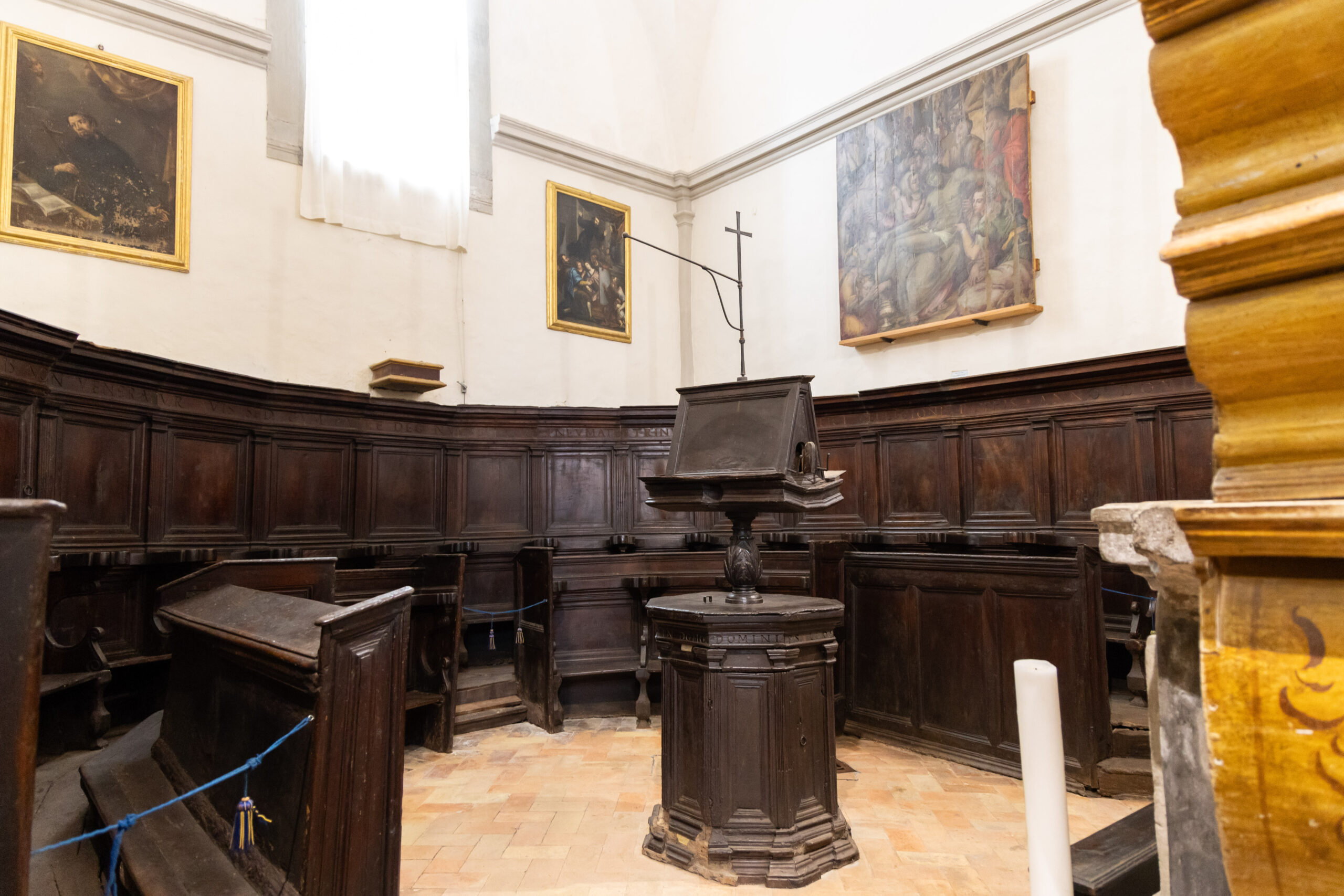
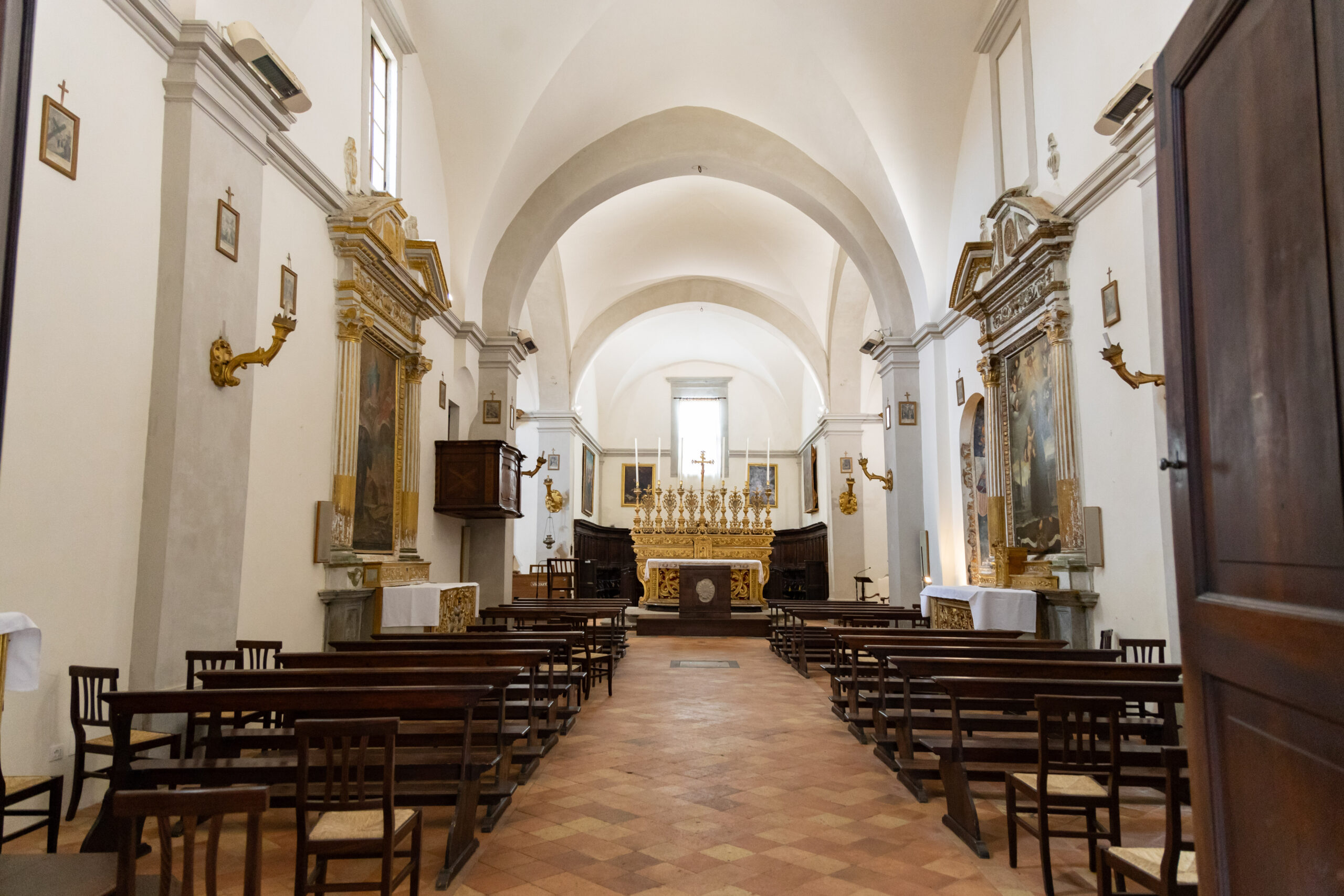
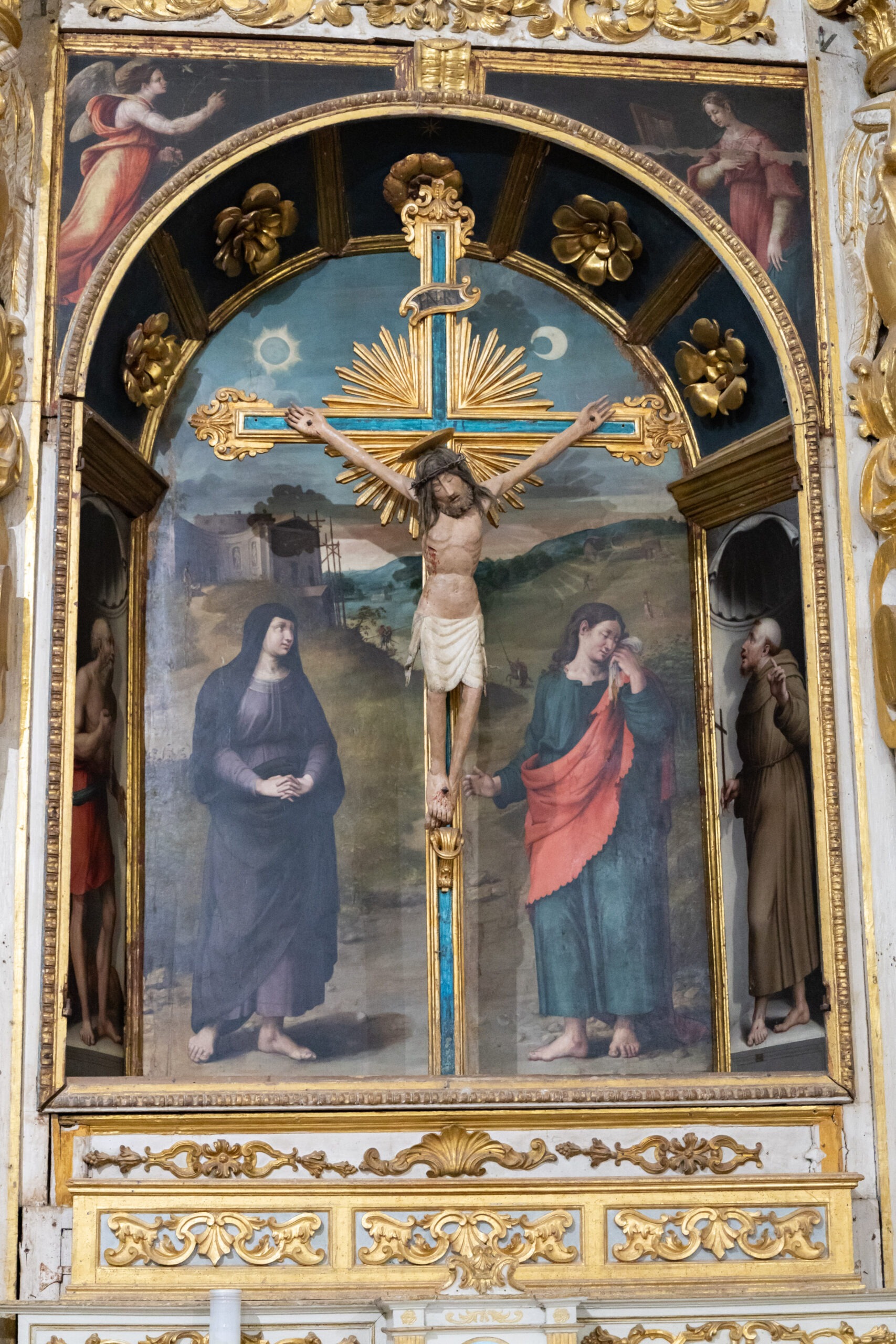
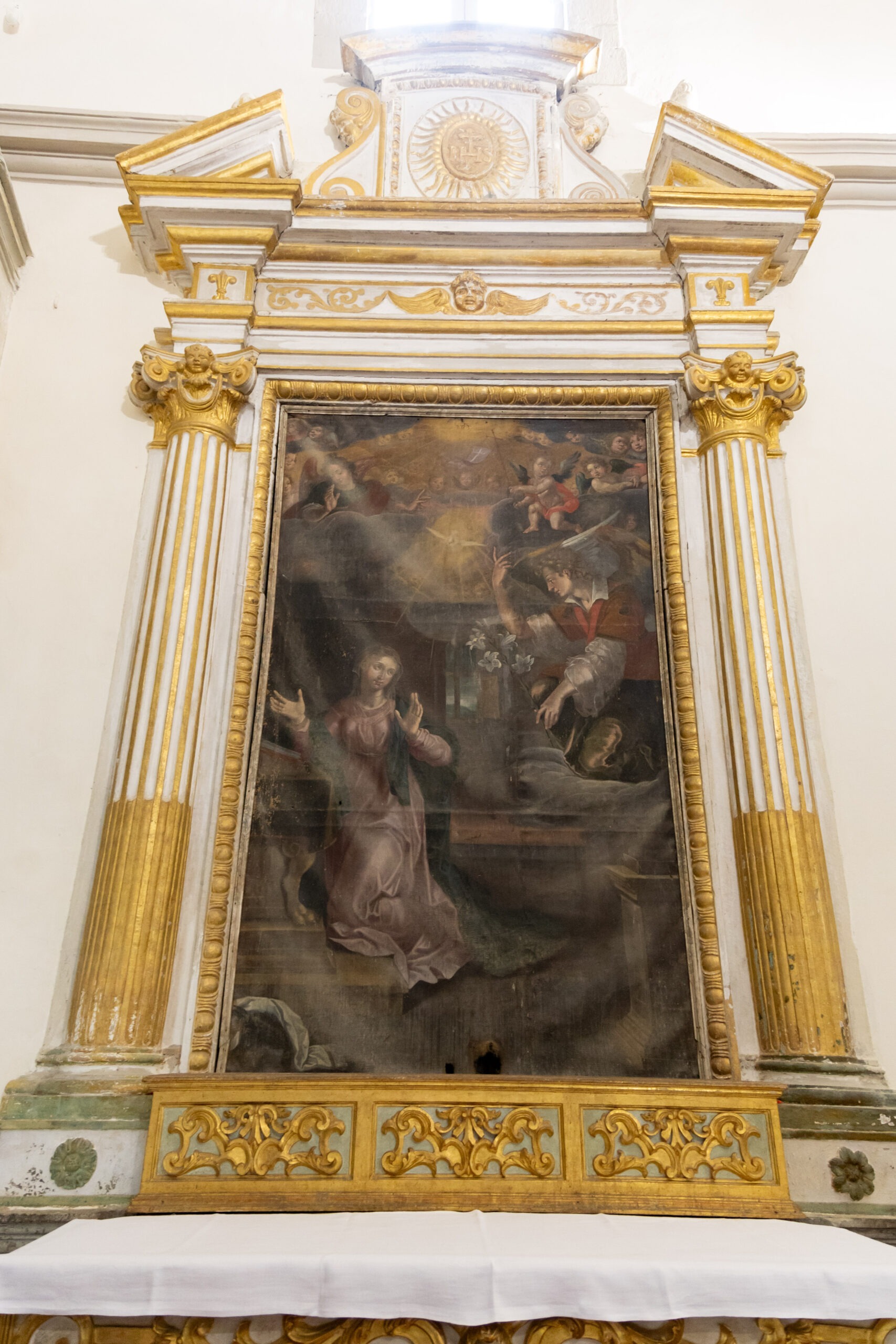
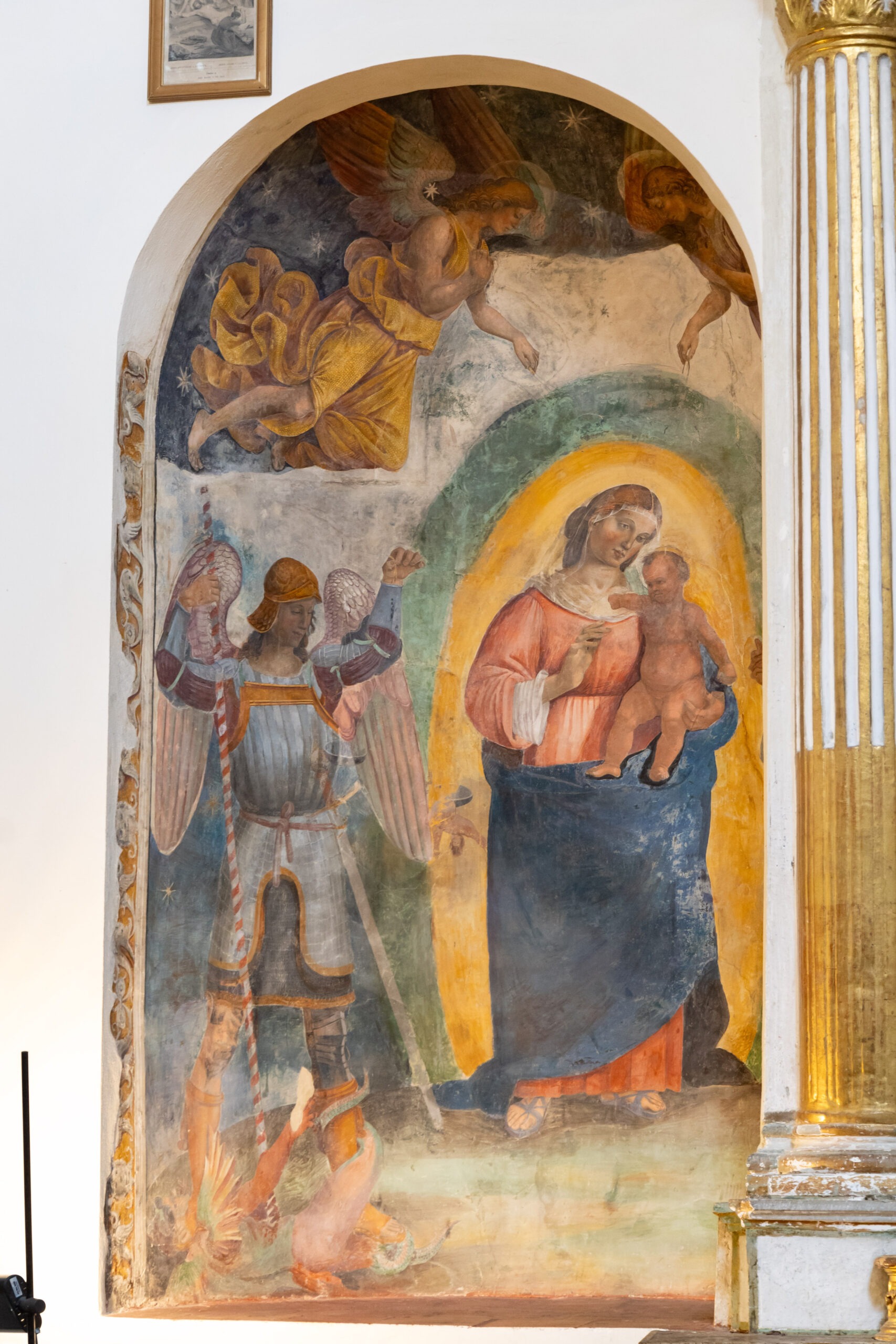
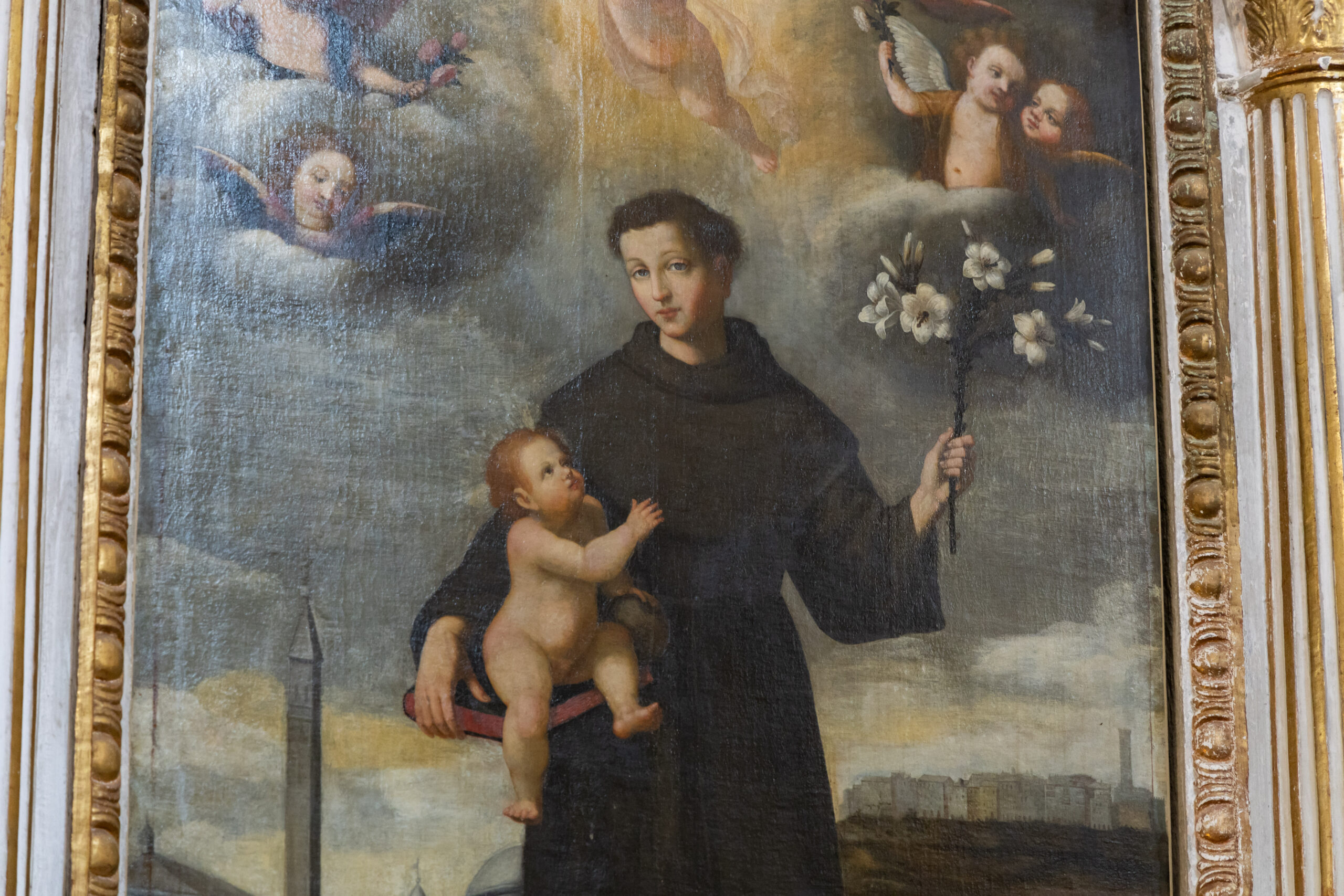
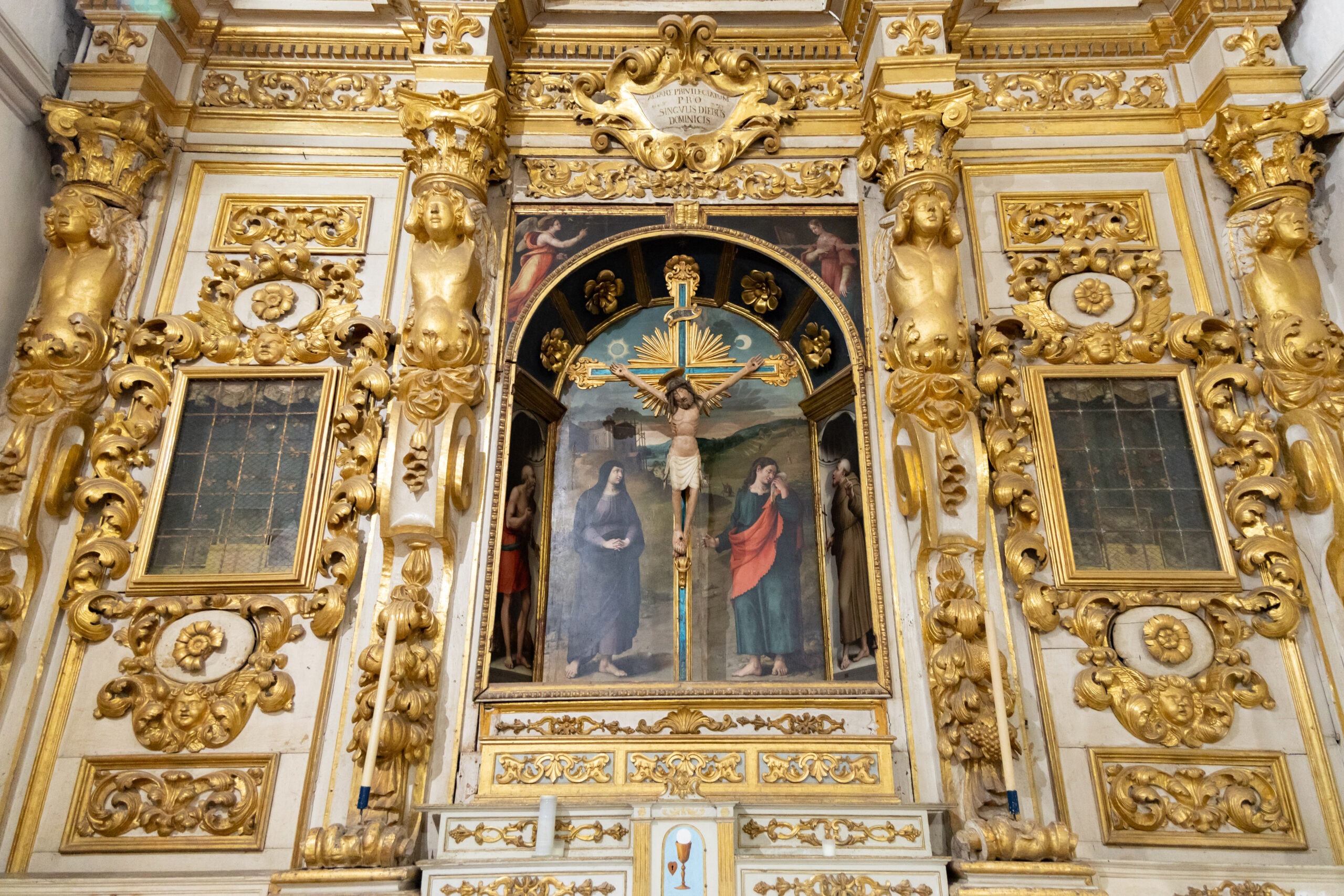
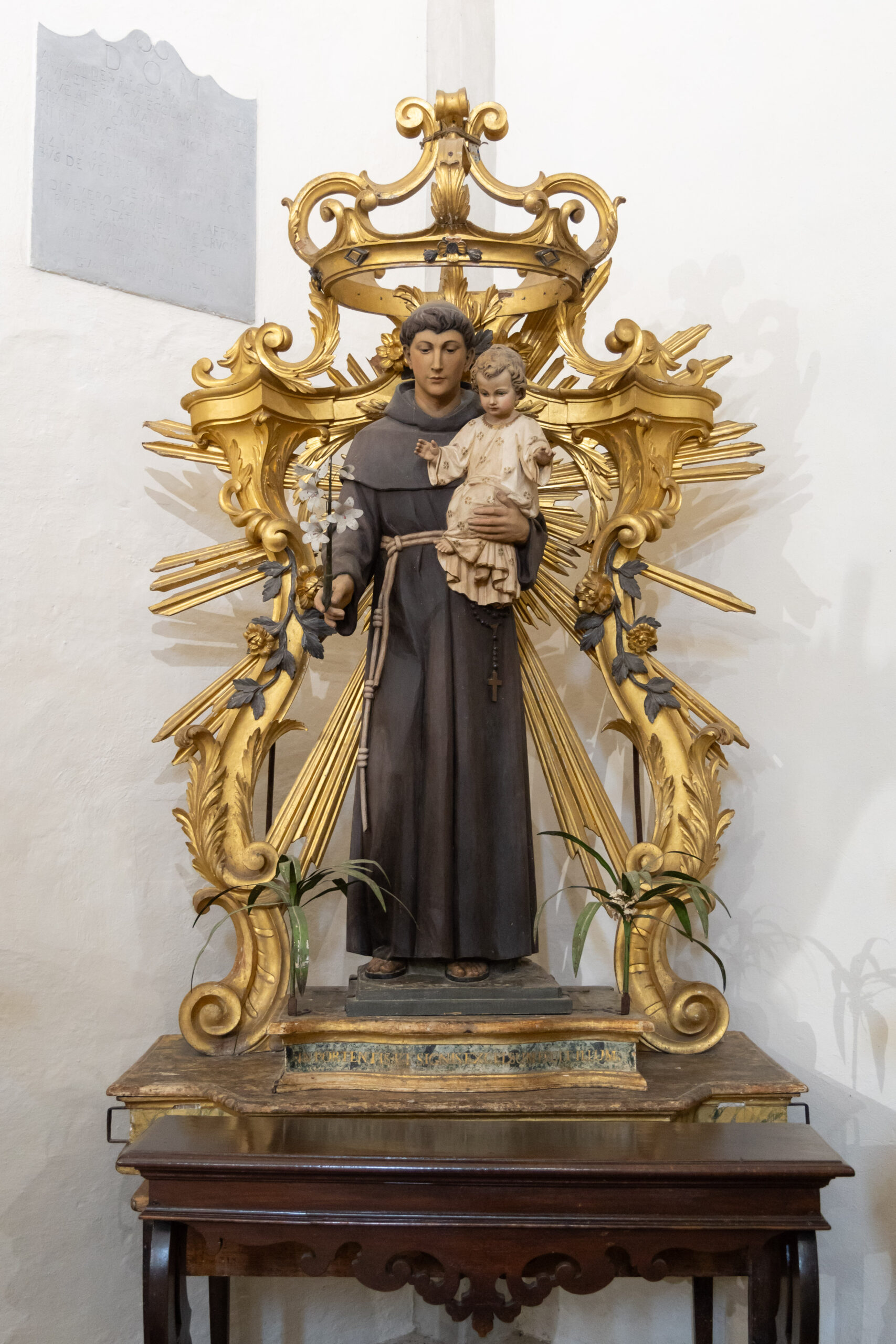
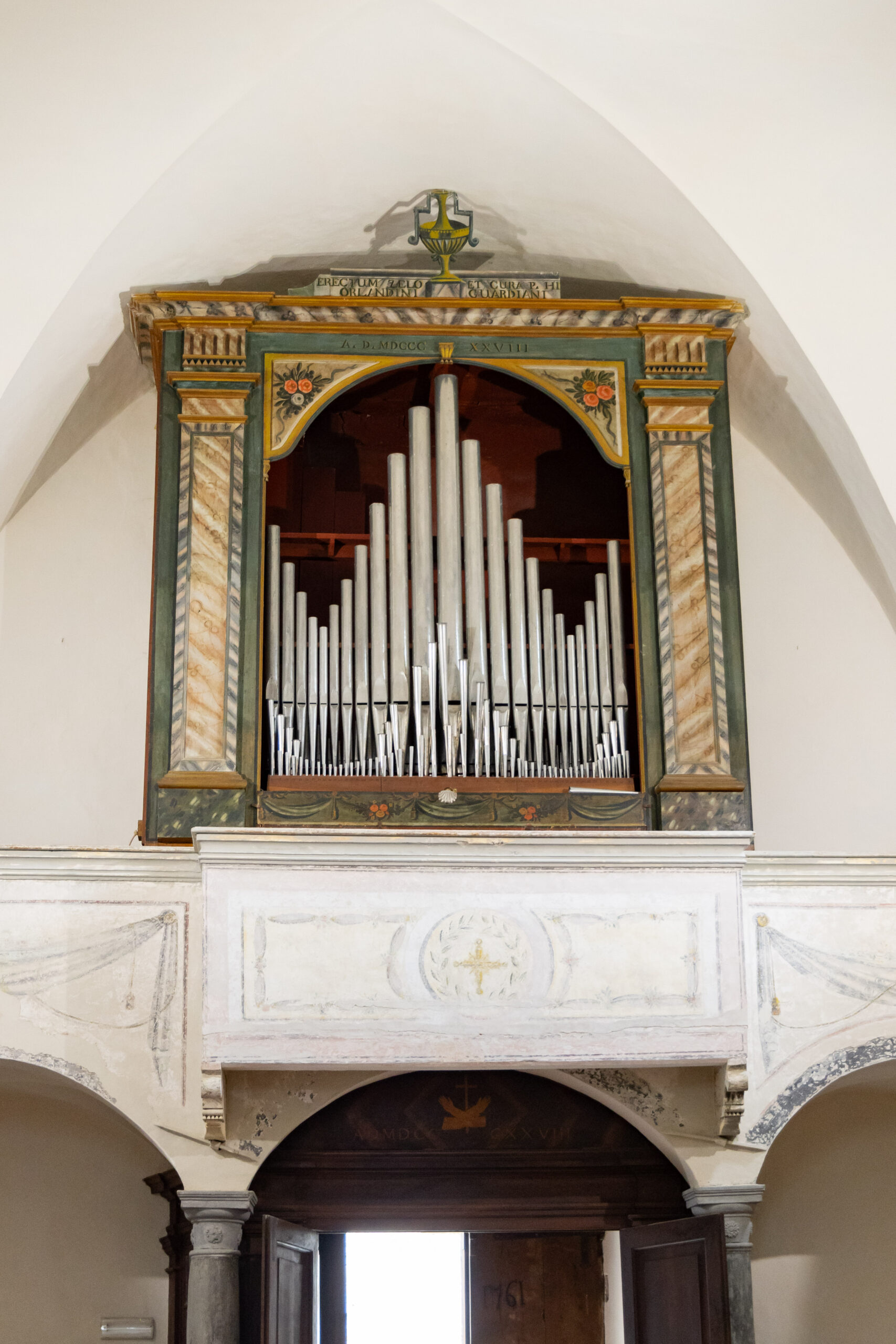
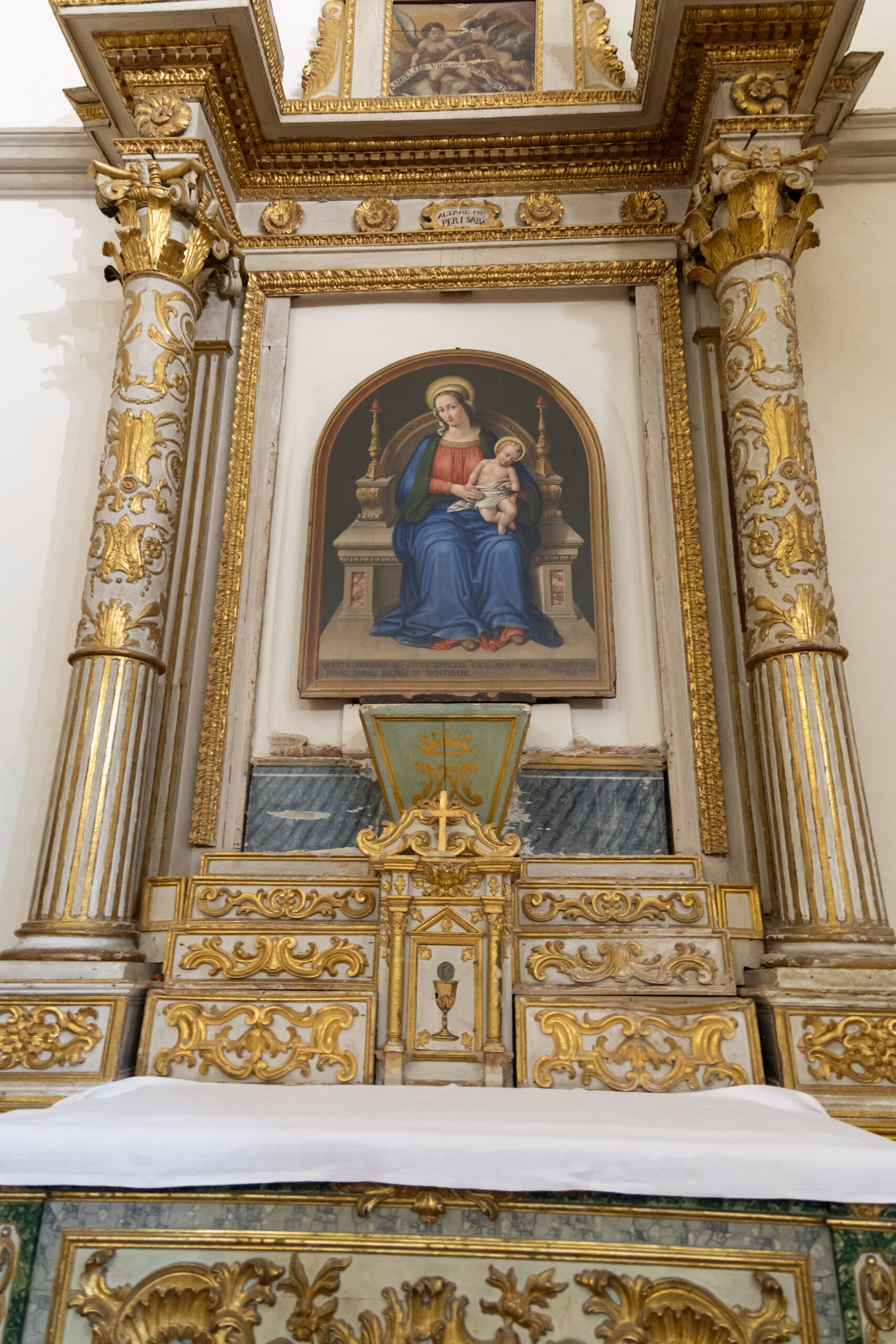
Si ringrazia per l’autorizzazione alle riprese la Direzione Centrale degli affari dei culti e per l’amministrazione del Fondo Edifici di
Culto del Ministero dell’Interno, proprietaria della Chiesa di San Francesco a Citerna.
